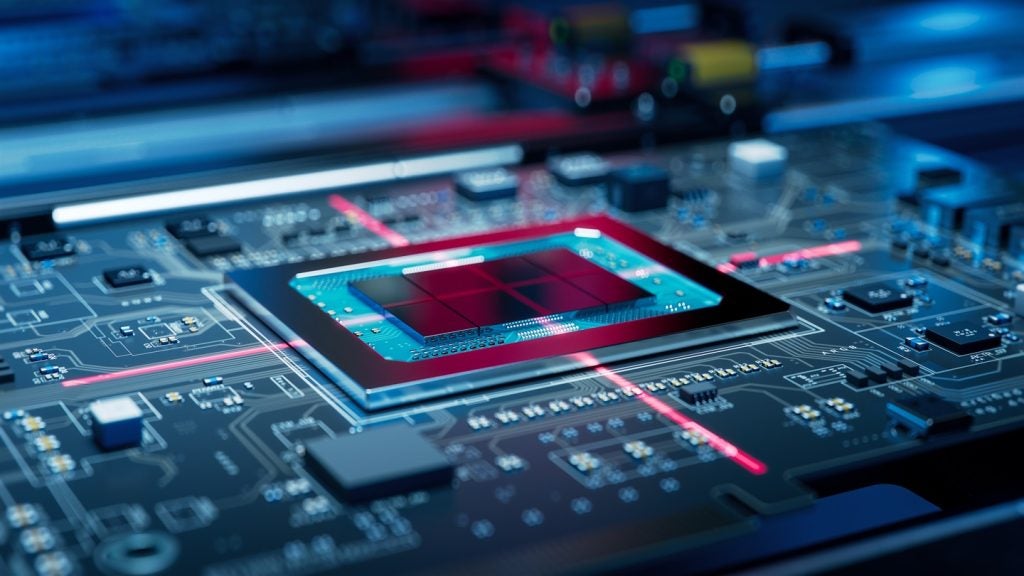ThoughtSpot has filed a patent for a low-latency autonomous analysis system. The system obtains data expressing a usage intent, retrieves requested results data based on the intent, and outputs visualization data. In response, it performs low-latency autonomous analysis based on the visualization data, obtaining autonomous analysis data that differs from the requested results data. The autonomous analysis data is then presented to the user. GlobalData’s report on ThoughtSpot gives a 360-degree view of the company including its patenting strategy. Buy the report here.
According to GlobalData’s company profile on ThoughtSpot, User behaviour analysis was a key innovation area identified from patents. ThoughtSpot's grant share as of September 2023 was 42%. Grant share is based on the ratio of number of grants to total number of patents.
Low-latency autonomous analysis of database with requested results data
A recently filed patent (Publication Number: US20230259525A1) describes a method for obtaining and presenting autonomous analysis data in response to a user's request for data. The method involves obtaining autonomous analysis data that differs from the requested results data and outputting at least a portion of the autonomous analysis data for presentation to the user.
The method outlined in the patent involves several steps. First, in response to a user's request for data, the system obtains the requested results data. Then, it identifies an autonomous-analysis predicate based on the requested visualization data. The autonomous analysis data is obtained in accordance with this predicate. The method also involves identifying measure objects and attribute objects based on the autonomous-analysis predicate. Exploratory measures and attributes are identified based on these objects and in accordance with a defined autonomous-analysis latency constraint. The exploratory measures and attributes are included in the measure objects and attribute objects, respectively.
The method further includes obtaining autonomous-analysis insight data based on the measure objects and attribute objects. This insight data includes autonomous-analysis data other than the requested results data. Additionally, if the request for data is an expressly-specified request, the system obtains autonomous-analysis related-request data based on the measure objects and attribute objects. This related-request data includes a resolved-request that differs from the resolved-request corresponding to the expressly-specified request for data.
The patent also describes generating outlier, trend, cross-correlation, and comparative autonomous-analysis insight datasets based on defined maximum cardinalities. The method includes obtaining exploratory results in accordance with a defined exploratory results constraint. The autonomous analysis data is then outputted for presentation to the user.
The patent also covers an apparatus and a non-transitory computer-readable storage medium that facilitate the execution of the method described above.
In summary, the patent outlines a method for obtaining and presenting autonomous analysis data in response to a user's request for data. The method involves obtaining autonomous analysis data that differs from the requested results data and outputting at least a portion of the autonomous analysis data for presentation to the user. The method includes various steps such as identifying autonomous-analysis predicates, measure objects, attribute objects, and generating different types of autonomous-analysis insight datasets. The patent also covers an apparatus and a computer-readable storage medium that enable the execution of this method.
To know more about GlobalData’s detailed insights on ThoughtSpot, buy the report here.
Data Insights
From

The gold standard of business intelligence.
Blending expert knowledge with cutting-edge technology, GlobalData’s unrivalled proprietary data will enable you to decode what’s happening in your market. You can make better informed decisions and gain a future-proof advantage over your competitors.







